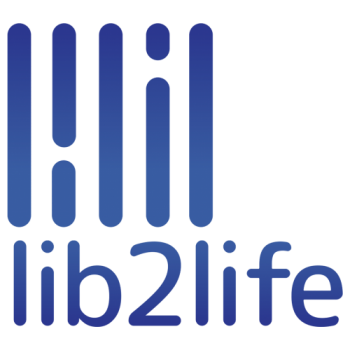- A completely functional retroconversion system prototype;
- Final prototype of the retroconversion system, intensively tested and fully functional;
- An invention patent;
- Two scientific articles presented at conferences or published in ISI journals.
Publications
| Title. Authors. Conf/Journal | Status |
| Sporici, D., Cușnir, E., & Boiangiu, C. A. (2020). Improving the Accuracy of Tesseract 4.0 OCR Engine Using Convolution-Based Preprocessing. Symmetry, 12(5), 715, https://doi.org/10.3390/sym12050715. (ISI/Q2: Impact Factor 2.645) [WOS: 000540226400033] | published |
| Boiangiu, C. A., Dinu, O. A., Popescu, C., Constantin, N., & Petrescu, C. (2020). Voting-Based Document Image Skew Detection. Applied Sciences, 10(7), 2236, https://doi.org/10.3390/app10072236. (ISI/Q2: Impact Factor 2.474) [WOS: 000533356200035] | published |
| Alexandru ILINU, Cristian AVATAVULUI, Giorgiana Violeta VLĂSCEANU, Costin-Anton BOIANGIU; „VOTING-BASED MOTION ESTIMATION „, The Journal of Information Systems & Operations Management, Vol.14 No.1 – 2020, ISSN: 1843-4711, pp. 82-92 (CNCSIS B+/BDI) | published |
| Robert STANCA, Eduard-Marius COJOCEA, Cristian AVATAVULUI, Costin-Anton BOIANGIU; „ON HOW TO COMBINE SINGLE IMAGE SUPER-RESOLUTION ALGORITHMS”, The Journal of Information Systems & Operations Management, Vol.14 No.1 – 2020, ISSN: 1843-4711, pp. 140-150 (CNCSIS B+/BDI) | published |
Implementing stage
Achievements so far
Scientific indicators
The dissemination indicators provided by the end of the project are: 2018: 1 ISI article; 2019: 2 ISI articles; 2020: 2 ISI articles + 1 patent filed;
The current situation of the publications is as follows: 7 ISI articles (4 in journals, 3 in conferences) + 9 CNCSIS B + / BDI articles (B + journal) plus other undergoing articles. From the point of view of scientific publications, all indicators have already been met and exceeded.
Scanning procedures
During the acquisition of documents, the foundations of a scanning procedure were laid. The related document has been improved and adapted according to the method the scans were performed.
PDF builder prototype
The PDF Builder application is developed in C ++ in the Microsoft Visual Studio development environment. To run, it needs two external packages - Tesseract-OCR and Visual C ++ 2019 Redistributable.
In its current form, the prototype has the following functionalities:
- A preprocessing that ensures the reduction of noise and a binarization of the images in the input, in order to allow a more accurate and complete automatic analysis of the documents presented at the input;
- A Tesseract run to perform, in turn, image segmentation, layout analysis, the actual OCR process, and export of formatted text data;
- A construction of the resulting PDF, with the initial images in the foreground, with the text detected and formatted in the background and the metadata inserted using the VersyPDF library;
- If a `.xml` file was used to collect the relevant metadata, then it will also be inserted in the resulting PDF. PDFBuilder currently supports exported formats by all institutional partners
- After successfully running the preprocesses, the file “PDF_Builder_Version.xml” is generated which will contain the version of the executable “PDF_Builder” used for the retroconversion process. The scheme used is the one that follows the SimVer specification [6].
Proposed processing flow for a document

PDF Builder v0.3.0
PDF Builder v0.3.0 generates a larger number of PDF files resulting in different sizes and qualities to enable the user to choose the right file depending on the display capabilities of the PDF Reader on the device and the performance of the connection.

In version v0.3.0 the following improvements/changes were made:
| Updates | Achievement percentage |
| We introduce the MRC routine which involves breaking the image into 3 planes: the foreground plane, the background and a plane containing a binary mask acting as a selector. This routine can dramatically improve compression/quality compared to traditional lossy image compression algorithms. | 100 % |
| The binary routine has been considerably improved and can be set by the user if fast or accurate running is desired. | 100 % |
| The HummusPDF library has been replaced with VersyPDF, which has a number of extended features, including support for MRC and the addition of a table of contents in PDF. | 100 % |
| Integrating a series of running warnings related to: disk space, running permissions. | 90% |
| Add targeted messages to the log file so that potential errors are captured quickly and can be resolved by the user (space, path retrieval issues, etc.) and to development. | 100 % |
| The resulting files are 11 PDFs in number:
- 1 PDF file containing the original images - 1 PDF file containing binarized images - 9 PDF files obtained with MRC technology with different degrees of compression for background and foreground plans, including saving the selector as JBIG2. |
100 % |
